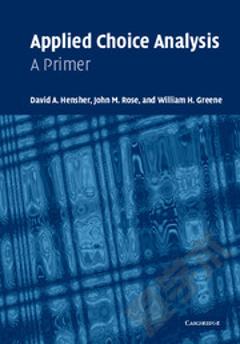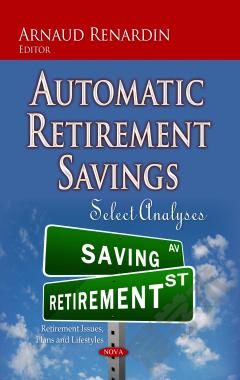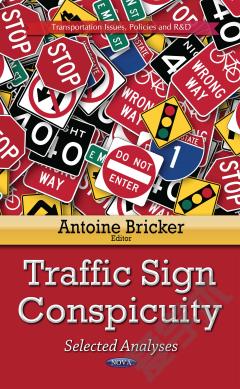High Unemployment: Select Analyses
The rate of unemployment in the United States has exceeded 8 percent since February 2009, making the past three years the longest stretch of high unemployment in this country since the Great Depression. Such persistently high unemployment has wide-ranging repercussions. It places financial, psychological, and even physical strains on people who are unable to find work and on their families as well; it places budgetary pressures on the federal government and on state and local governments, as tax revenues decline and expenditures increase; and it results in a long-term erosion of skills that will reduce the nation's productivity and people's income in the future. This book examines a broad array of policy approaches designed to reduce unemployment. Some of those policies would aim to boost the economy and demand for goods and services, reflecting the fact that the increase in unemployment in particular in general and long-term unemployment in particular is primarily attributable to weak demand for labor, which in turn, is the result of weak aggregate demand.
{{comment.content}}








 京公网安备 11010802027623号
京公网安备 11010802027623号